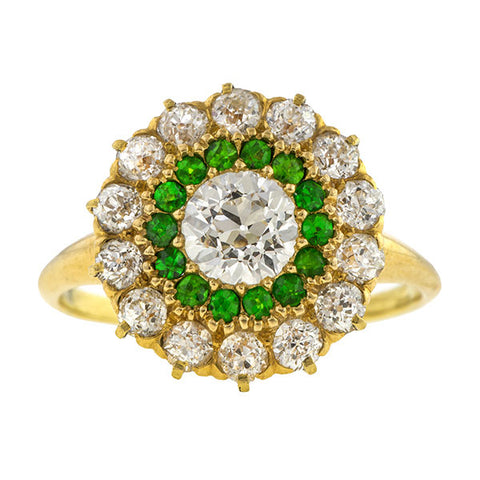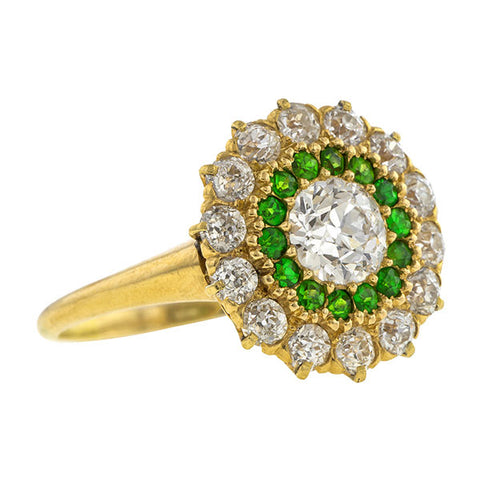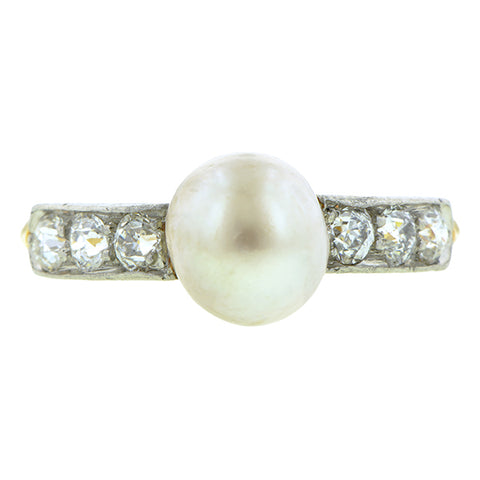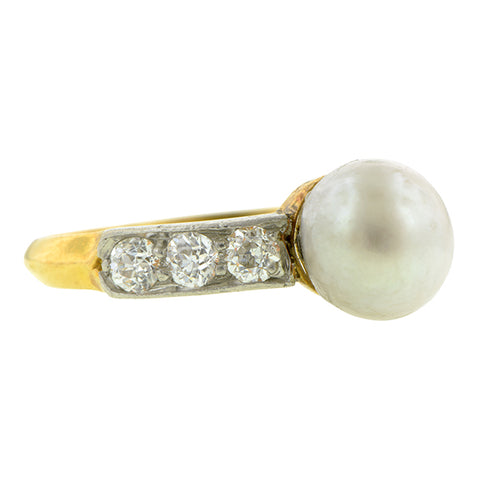Categories
Categories
While scanning Google and Pinterest for “Age of Innocence” stills for last week’s sapphire post, I happened upon an early photograph of an entrancing Edwardian brunette, elaborately coiffed and bejewelled. She was Lily Elsie, a popular English stage star, best known for her role in 1907’s musical comedy, “The Merry Widow.”
Lily began her career in the 1890s as a precocious young performer and soon became famous for her charm and beauty. Her “Merry Widow” costumes, designed by leading turn of the century fashion designer Lucille, started many fads and are the epitome of Edwardian grace.
Shying away from the heavy designs of the late Victorian period, lacy whiteness is what defines Edwardian jewelry. Diamonds were set in platinum for the first time, after the invention of the oxyacetylene torch in 1903. Platinum’s strength allowed jewelry designers to create airy, detailed settings in which glittering diamonds and luminous pearls seem to float.
Gold was also still used, primarily as a backing for platinum, but also for elegant pieces highlighted by colored stones or guilloche, translucent enamel over engine turned metal.
 Edwardian jewelry’s tailored softness provides a striking contrast to fall’s structured fashion. Try a garlanded necklace layered with vintage pearl and diamond studded chains, or a floral openwork diamond bracelet matched with an Heirloom white gold pansy.
Edwardian jewelry’s tailored softness provides a striking contrast to fall’s structured fashion. Try a garlanded necklace layered with vintage pearl and diamond studded chains, or a floral openwork diamond bracelet matched with an Heirloom white gold pansy.
As many Edwardian pieces are set in platinum-topped gold, try mixing in a gold swirl of rubies or a soft blue guilloche pendant. The timeless designs are as wearable and flattering now as when they were made 100 years ago.









